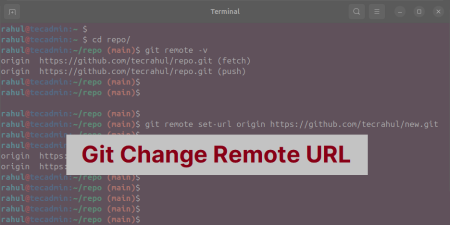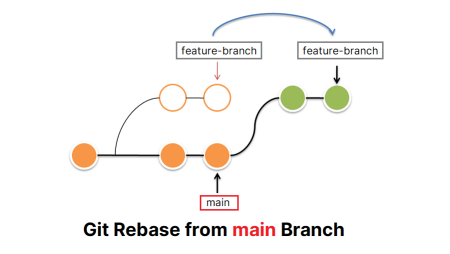As developers, we’ve all had times when we accidentally add a file to the staging area using ‘git add’ and realize we need to undo it. Luckily, Git makes it easy to unstage files. This article will show you step-by-step how to unstage files in Git before committing your changes.
First, it’s important to understand what the Git staging area is. When you make changes to your project files, Git tracks these changes. To save these changes to the repository, you add them to the staging area using ‘git add’. The staging area is like a holding space where you can pick and choose which changes to commit.
Step-by-Step Guide to Revert git add Before Commit
Step 1: Check the Current Git Status
To see the current status of your Git repository, use the ‘git status’ command. This will show the changes in your working directory and the changes staged for the next commit. This helps you see which files you might want to unstage.
git status
Step 2: Unstage (Reverse) a Single File
To unstage a file that has been added to the staging area, use the ‘git restore --staged‘ command followed by the file path. This removes the file from the staging area but keeps your changes in the working directory.
git restore --staged <file-path>
For example, if you want to unstage a file named ‘myfile.txt’, the command is:
git restore --staged myfile.txt
Step 3: Unstage (Reverse) All Files
To unstage all files that have been added to the staging area, use the ‘git restore --staged‘ command with a period (.) as the argument. This will unstage all files in your working directory, clearing the staging area.
git restore --staged .
This command only unstages the files and does not change any of your work in the working directory.
Step 4: Verify the Changes
After running the ‘git restore --staged .‘ command, use ‘git status’ again to check that all files have been removed from the staging area. The output should show that no files are staged for the next commit.
git status
By following these steps, you can easily reverse ‘git add’ for a single file or all files in your Git repository before committing your changes.
Conclusion
Reversing ‘git add’ before committing is simple and useful for developers. The ‘git restore --staged‘ command helps you unstage files quickly and easily, keeping your Git repository clean and organized. Always check your staging area with the ‘git status’ command before committing to avoid adding unwanted changes.



